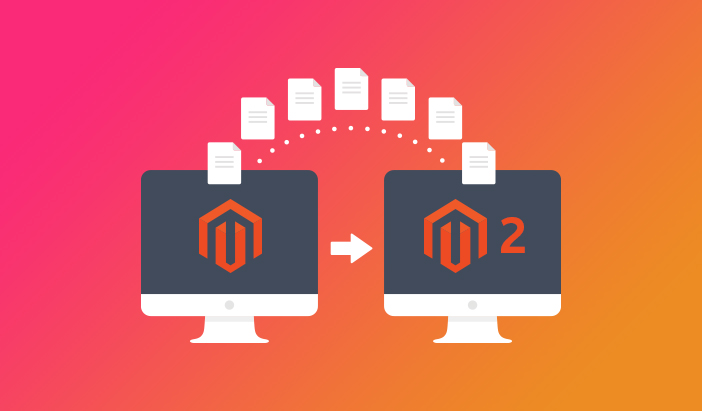Most Awaited Ebook Is HERE!
Let Us Take Care Of All Your M1 to M2 Migration Woes.

Disclaimer: Magenticians does not necessarily agree with the views expressed in this guest post. They are presented to bring to light all diverse views in the Magento and general ecommerce community.
Magento 2 was officially released over two years ago. It was a huge upgrade, bringing many new features and enhancements to the platform. However, many Magento stores owners choose NOT to upgrade. The decision is a bit easy to understand because migration to Magento 2 isn’t easy. Thus, if there’s no clear business case for the update, many Magento 1 stores are not willing to make the investment
Nevertheless, software always has an expiry date. Even if Magento 1 is adequate for the store’s needs today, the world around it is changing. Given this, I would like to suggest that store owners should at least start thinking about the move.
When Magento 2 was initially released, it was expected that Magento 1 would be retired after a reasonable period, during which store owners would migrate to the new platform. Magento 1’s sunset moment was planned to happen in November 2018 but then, Magento announced that it would continue to support Magento 1 for the foreseeable future.
While that’s good news for store owners who prefer Magento 1, there’s no denying that Magento 2 is the future. There will come a time when Magento 1 will no longer be supported and it’s better to jump than to be pushed.
SEE: Magento 1 Support Extended Till The Year 2020
Let Us Take Care Of All Your M1 to M2 Migration Woes.
Although it’s still supported, Magento 1 isn’t actively maintained by the Magento team. Similarly, the new and improved features of Magento 2 will not be available for Magento 1 stores.
Magento 1 doesn’t support the same extensions as Magento 2, and it doesn’t make sense for extension developers to devote their energy to creating extensions for a platform that is on borrowed time.
During the years they developed and supported Magento 1, Team Magento learned a lot about online commerce and how to build a fast and reliable ecommerce platform. These lessons were used to create Magento 2, an entirely new platform that is faster and more robust than the previous version.
Out-of-the-box, Magento 2 has great support for PHP 7, a much-improved API, better support for responsive themes, advanced content staging, integrated video, Elasticsearch support, optimized database integrations, an improved responsive admin design, and much more.
It’s possible to replicate some of these features through extensions and theme upgrades, but as powerful as themes and extensions are, they can’t reproduce the experience of features that are integrated within the Magento 2 structure.
One of the most obvious improvements in Magento 2 is performance. Although it is possible to coax Magento 1 into running on PHP 7, most stores using Magento 1 are stuck with legacy PHP versions. PHP 7 is a huge improvement on earlier versions, with some benchmarks showing performance boosts of up to 90%. In addition, Magento 2 includes native Varnish integration and full page caching.
Magento 2 offers several important enhancements and improvements that will become essential to the ecommerce stores of today and tomorrow. Even if the upgrade process appears to be a hassle (it isn’t), Magento store owners should consider upgrading their stores to take advantage of the new features.
Graeme Caldwell works as an inbound marketer for Nexcess, a leading provider of Magento and WordPress hosting. Follow Nexcess on Twitter and like them on Facebook.